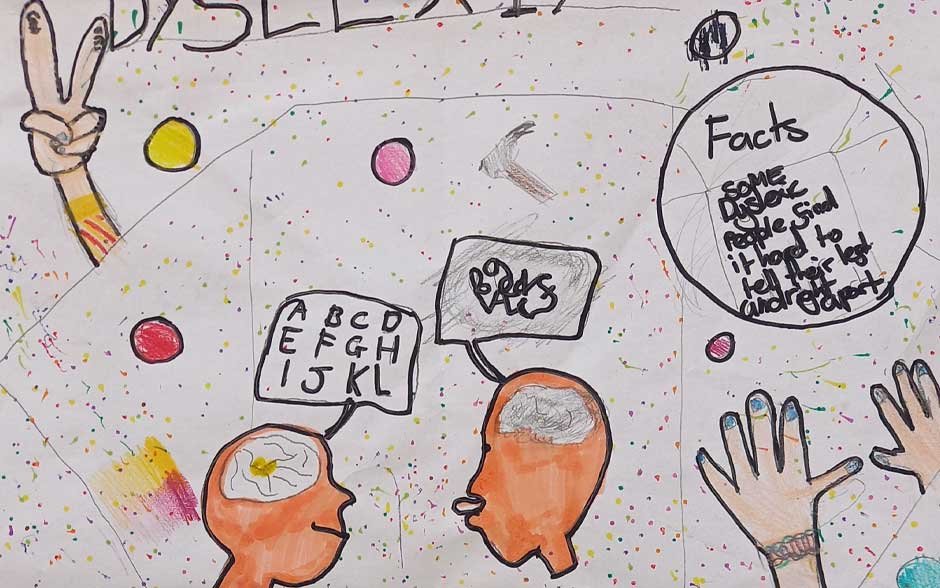The Dynamic Indicators of Basic Early Literacy Skills, or DIBELS, which was used in the US to predict dyslexia in children from kindergarten to sixth grade, was notorious for creating false positives and false negatives, though this test is a screening tool and not a diagnostic.
The Gray Oral Reading Test, or GORT, was unable to differentiate between students who have dyslexia and students who may be having trouble reading. This test could identify potential dyslexia, but it requires other tests to validate.
This then leads on to the question of how testing for dyslexia in schools changed, and what are the best indicators of an effective dyslexia test?
Covers All Dyslexia Criteria
Based on research by Caroline Holden in 2025, dyslexia encompasses an entire scope of interlocking symptoms, and to have an effective dyslexia test or screening tool, all have to be assessed equally. So, for educators, the new dyslexia test, the Tests of Dyslexia (TOD®), which covers reading, writing, oral skills, rapid naming, phonological processing, and decoding, is more suitable than other tests for diagnosing dyslexia.
Developmentally Appropriate
Since dyslexia should be diagnosed earlier in life, a test needs to be developmentally appropriate and flexible. Research in PubMed in 2024 found that previous screening tools have had issues with this, but the TOD can diagnose children as early as five years old.
Intervention Planning As Standard
It was often the case that a child with dyslexia would receive a diagnosis, but then, there was no clear path for educators about what to implement. Ergo, it is best to use an assessment that has the intervention planning built into the test items. For example, a higher score on oral comprehension but a lower score on reading could result in the implementation of a guided reading tool. According to PubMed, this specificity of intervention has been shown to be more effective for academic outcomes.
Screening Tool Based on Recent Research
Educators will need to ensure that any tool they use is in accordance with the current DSM-5 criteria for dyslexia and the IDEA criteria. This will help make the test diagnostically accurate and clinically relevant.
Easy To Take
A test for dyslexia needs to be easy to take and user-friendly; children who are younger or may have a more severe form of dyslexia may find it difficult to complete, creating inaccurate results. It is also important that the test is simple to administer for practitioners, to ensure accuracy of results.
Dyslexia assessments need to be simple for both the administrator and evaluee to produce the most accurate results. They should also be built upon the most up-to-date research to ensure the proper criteria are being tested and include intervention planning. If a dyslexia test does not cover these areas, then the results may lead to ineffective interventions, which may cause long-term issues with the student’s academic performance.


